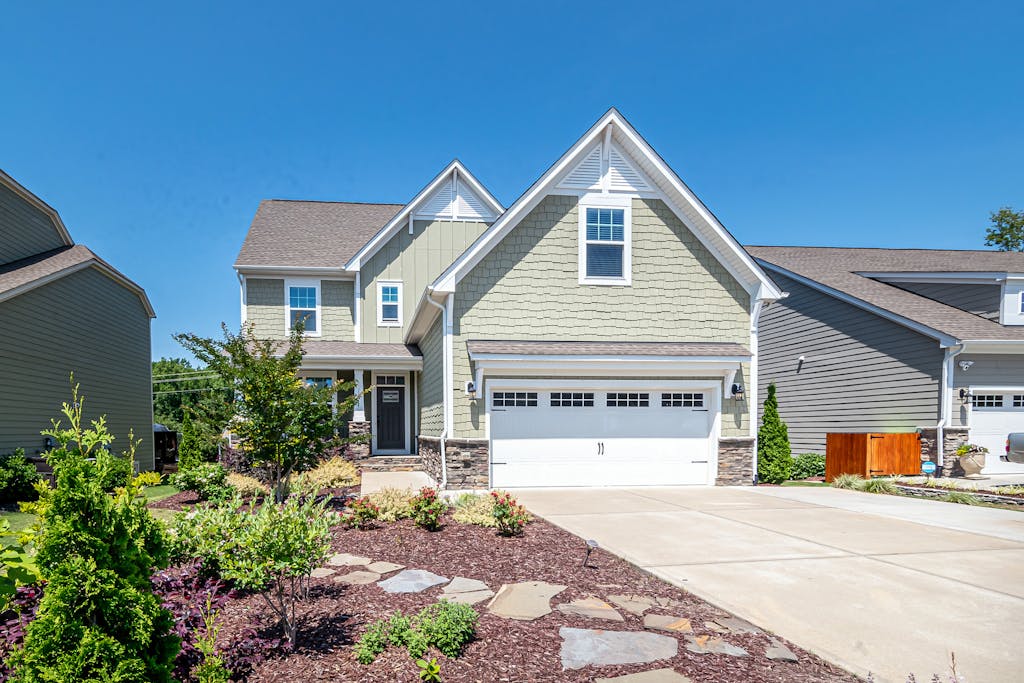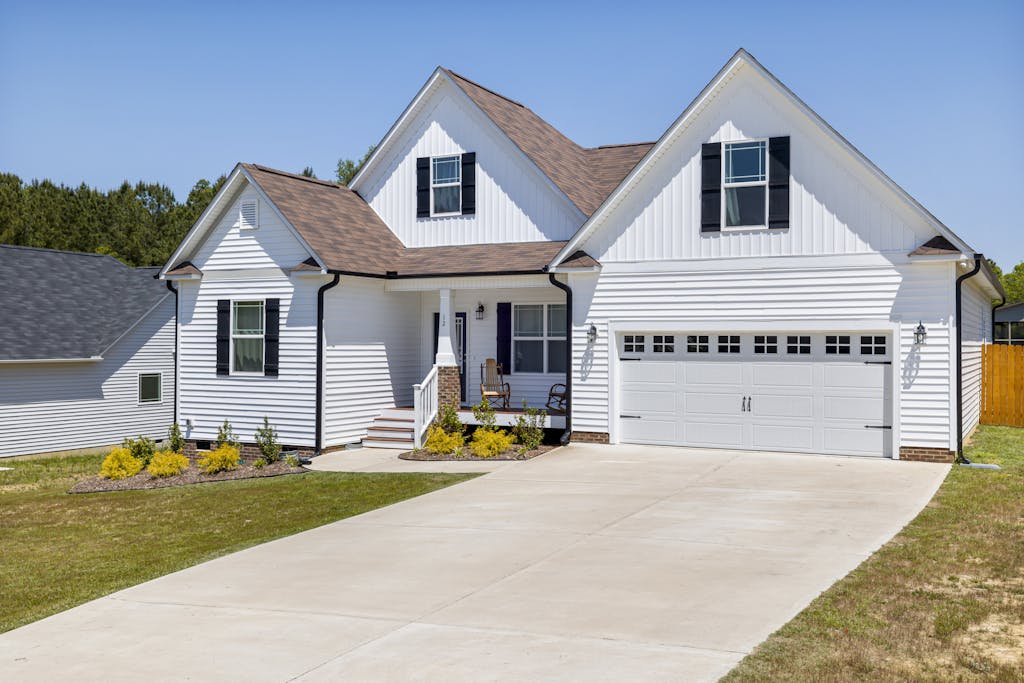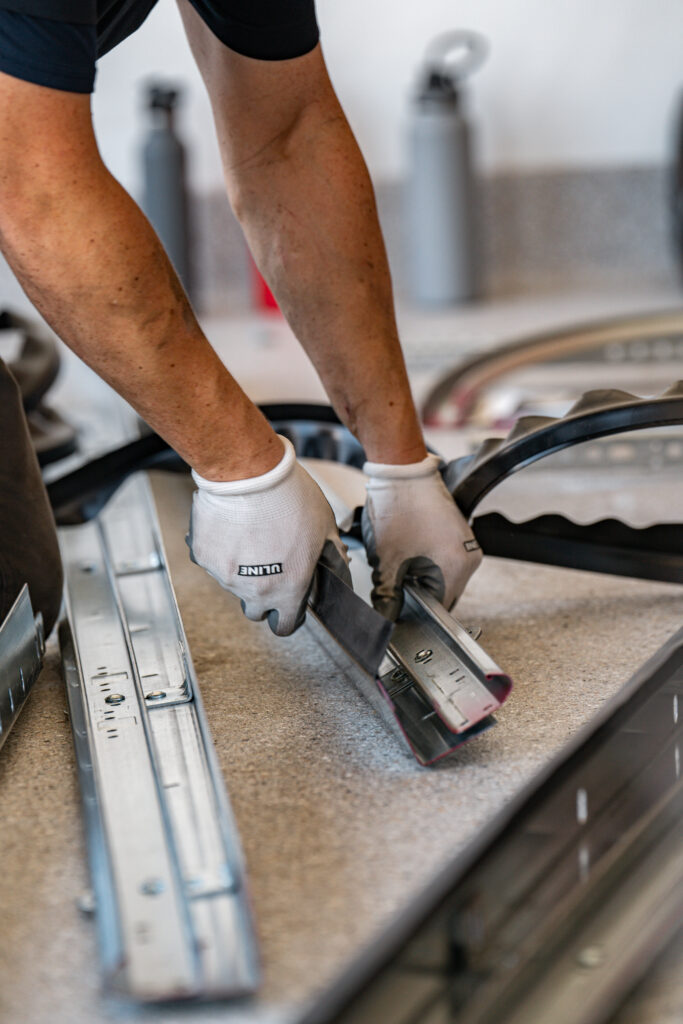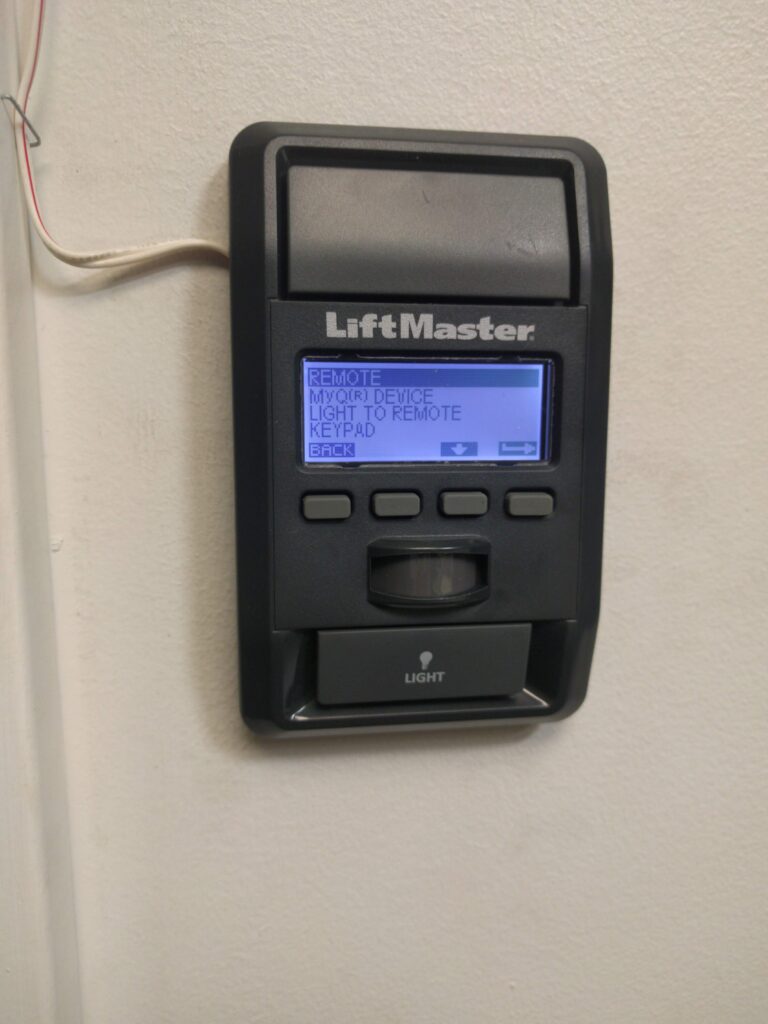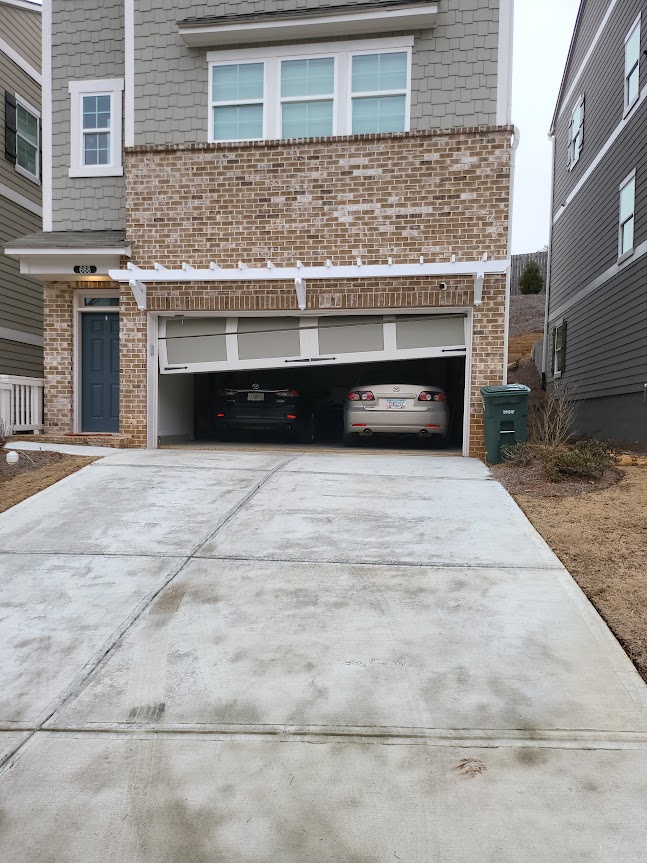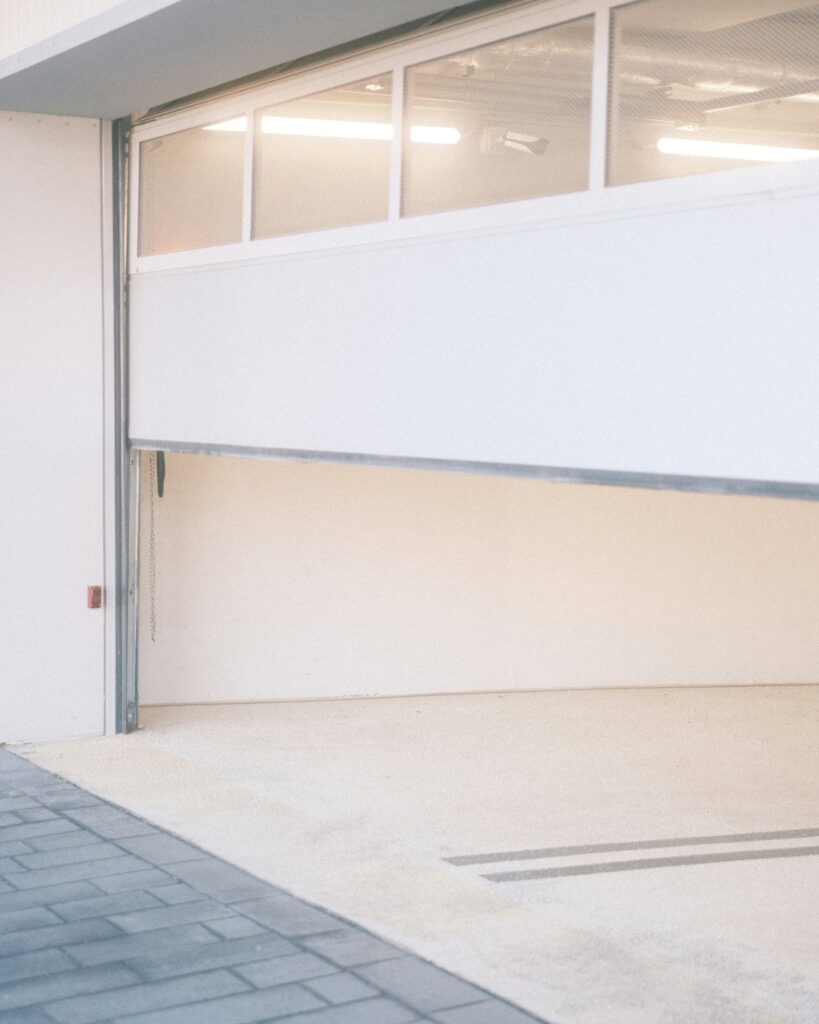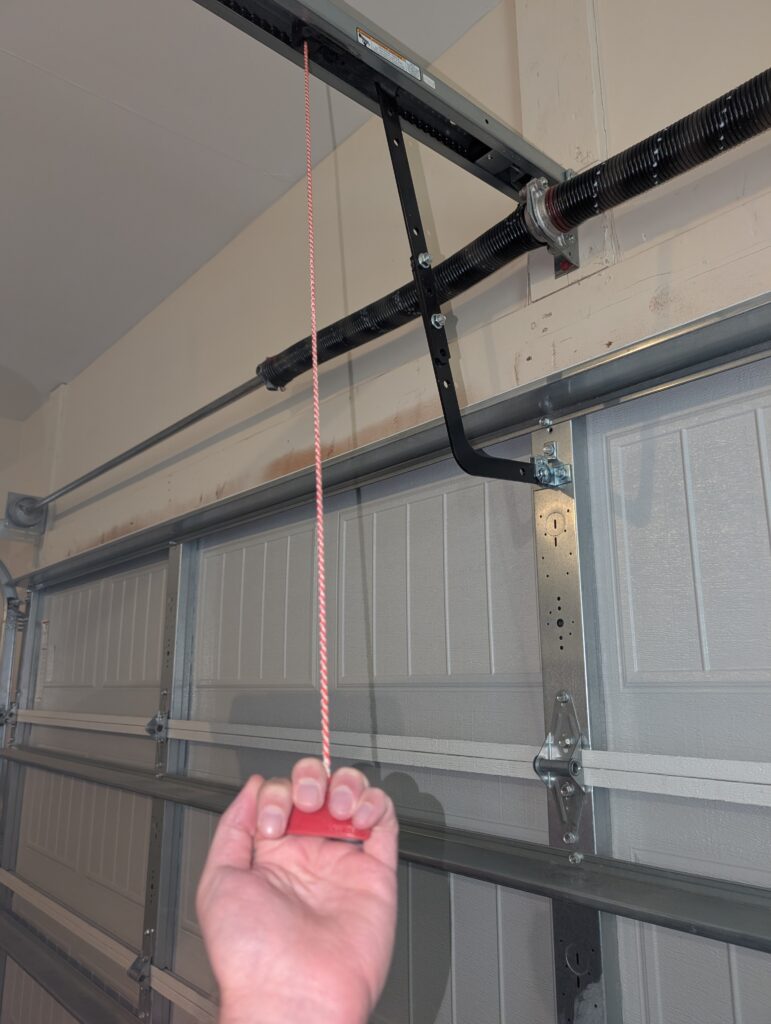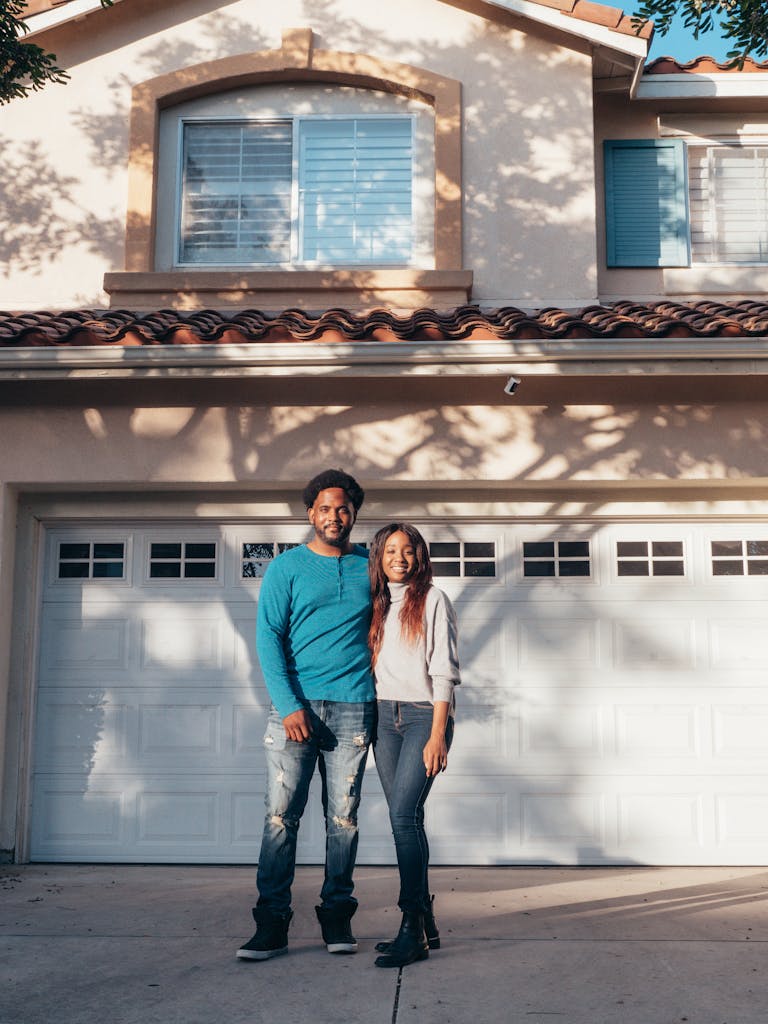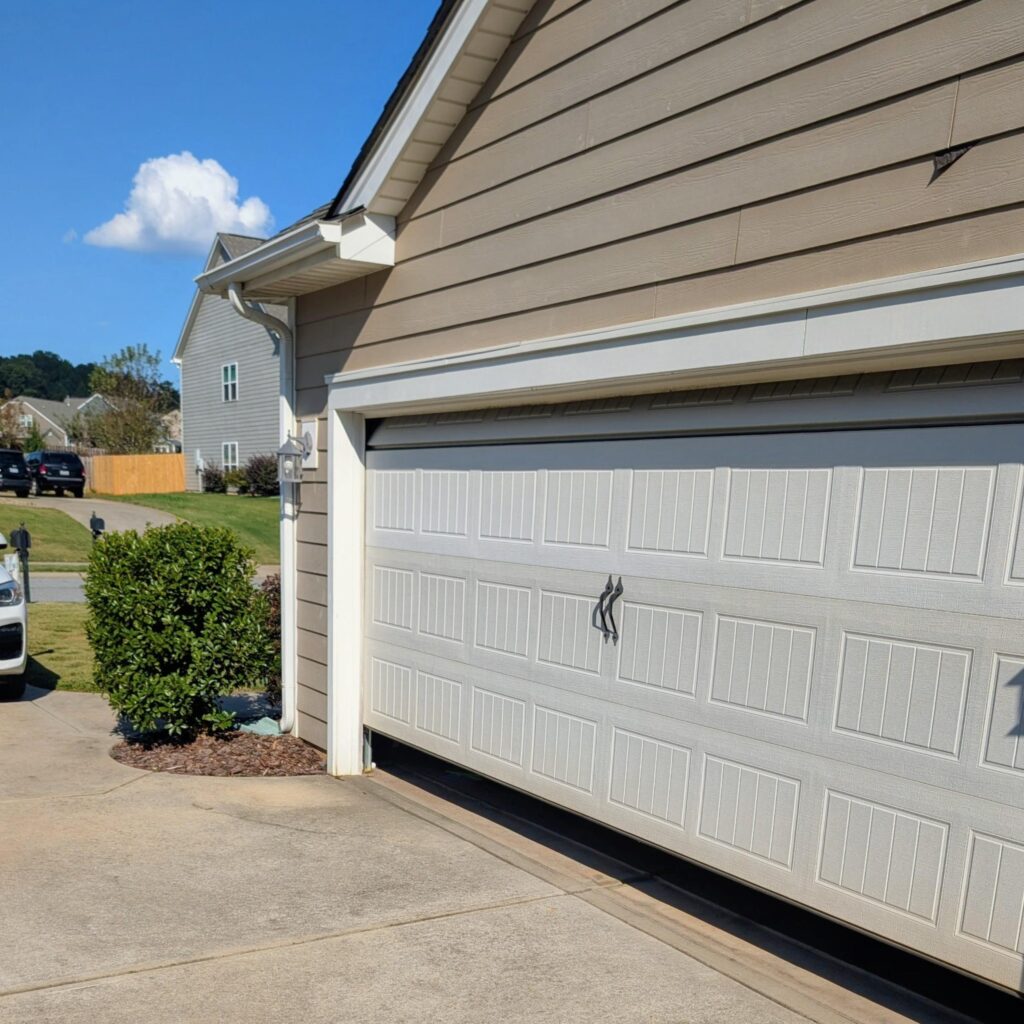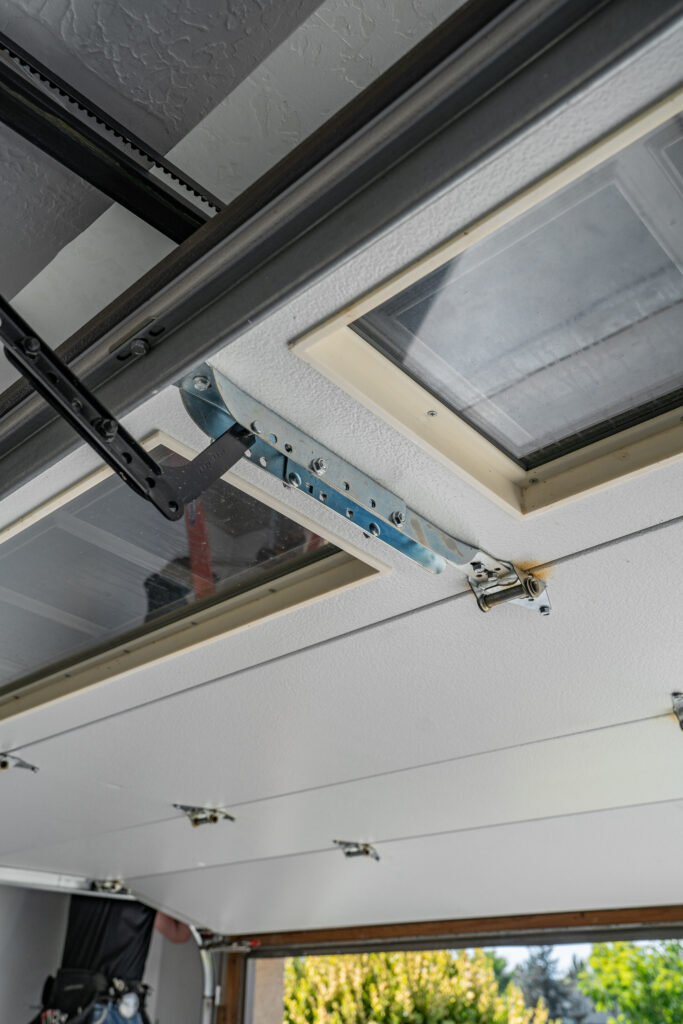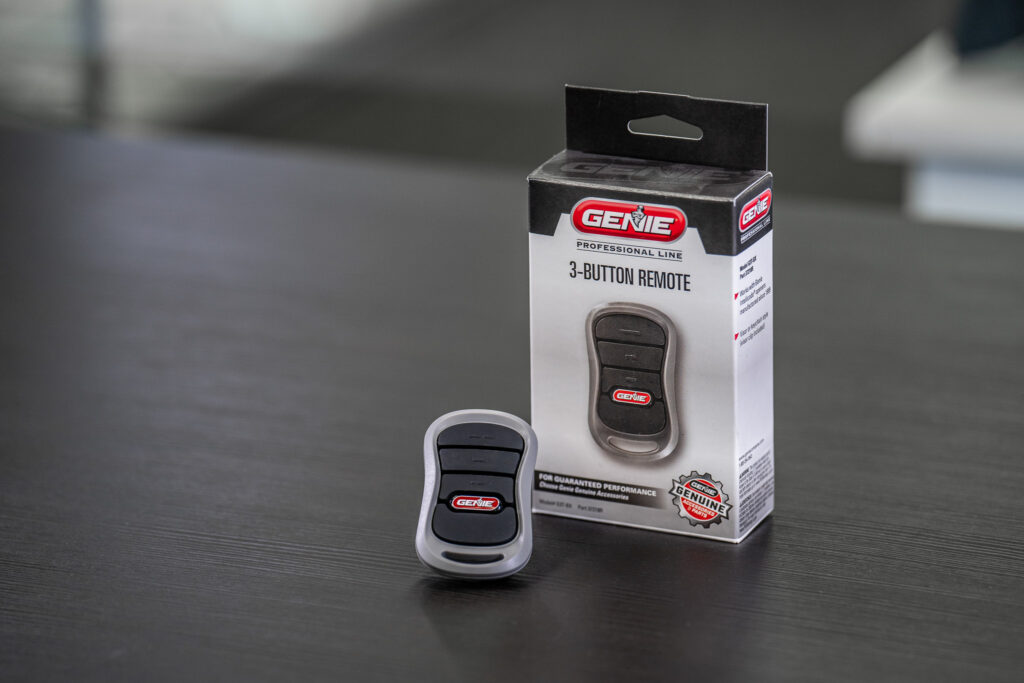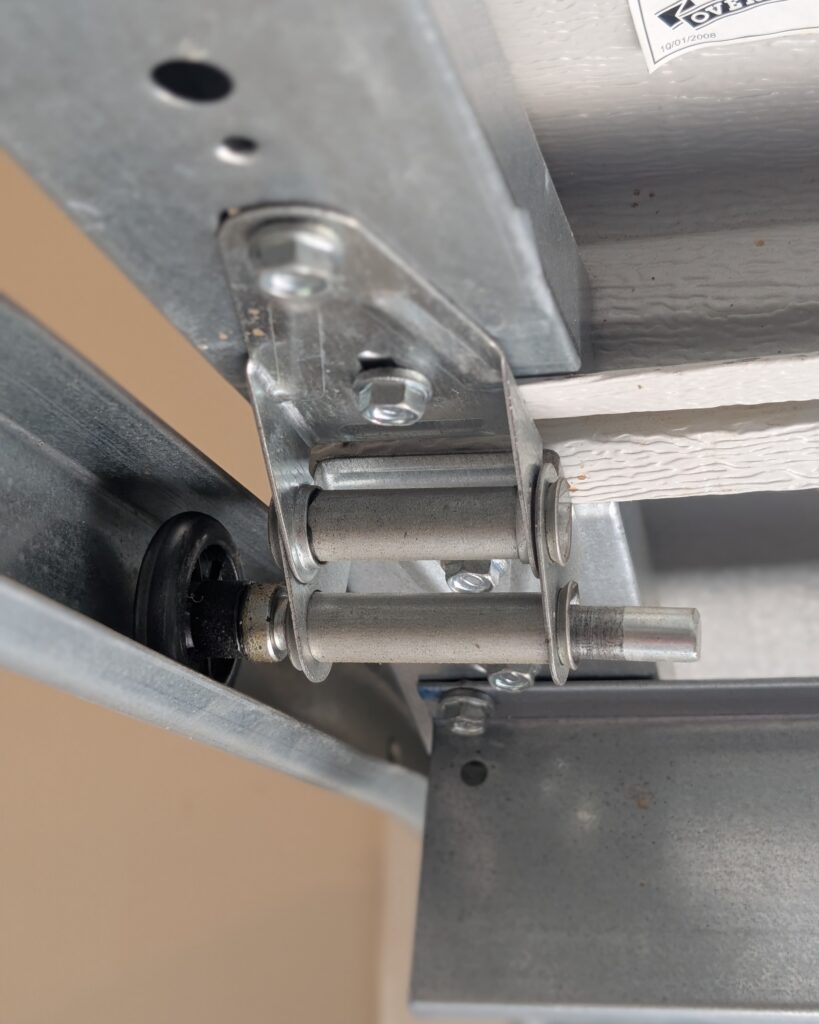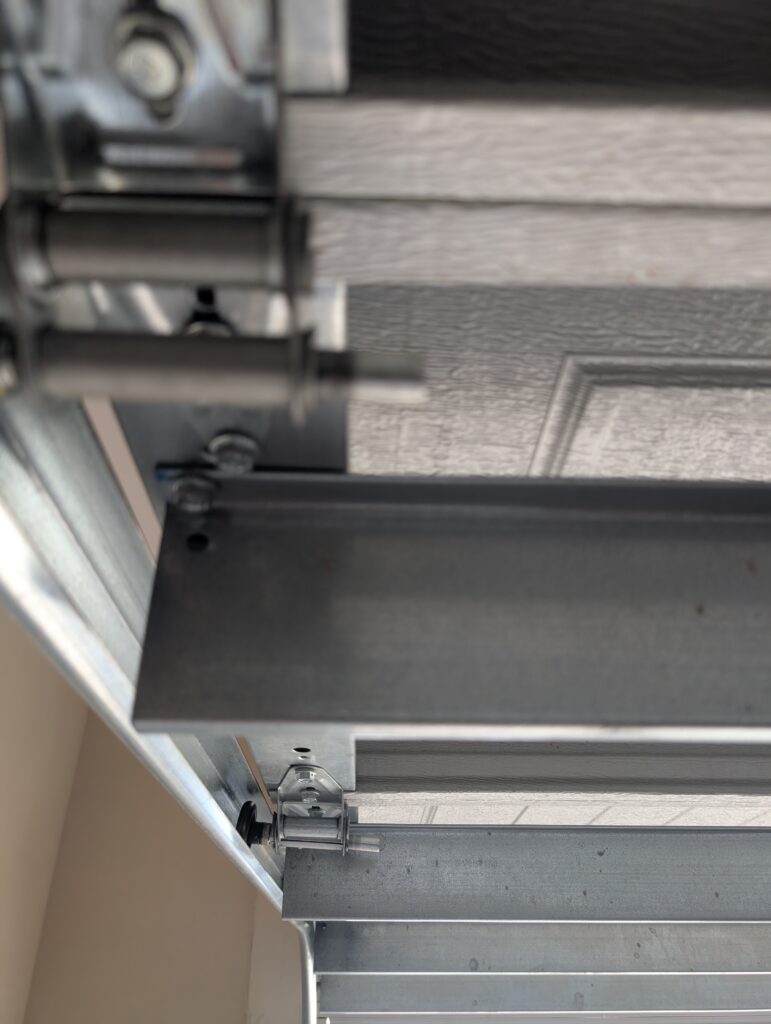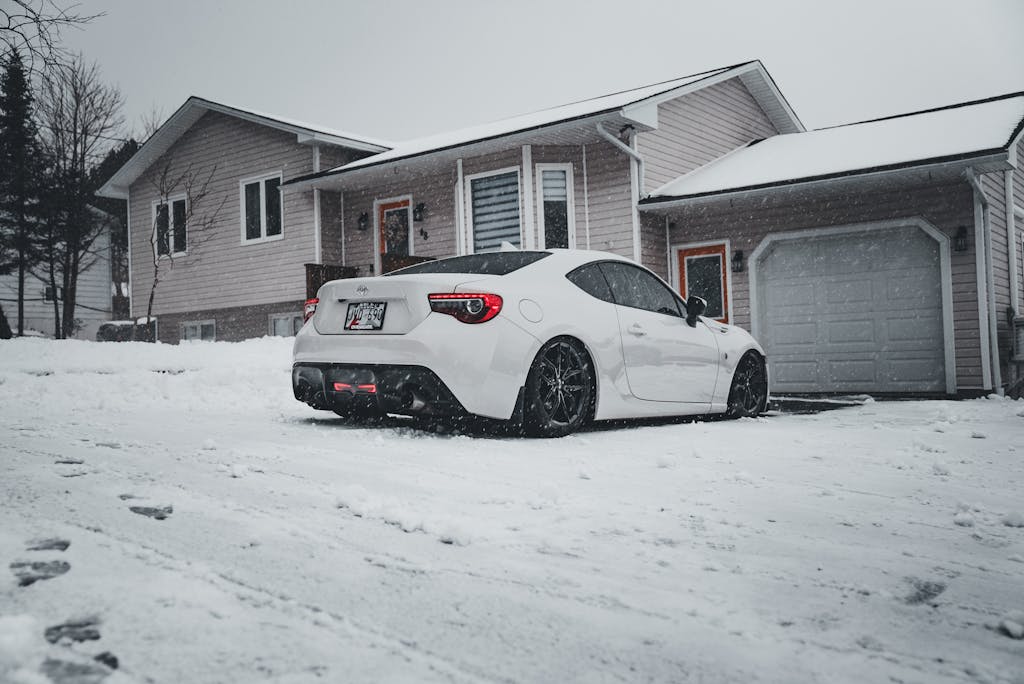Standard Garage Door Sizes
Navigating the world of garage door sizes can be overwhelming, from single and double door dimensions to specialized sizes for RVs and boats. Standard garage doors are usually 7-8 feet tall and 8-10 feet wide. Whether you’re renovating, building, or simply curious, find the perfect garage door size for your home and vehicle with our detailed charts and measurement tips.
By: Sean Donnelly | Published: March 28, 2025
Find Garage Door Repair Services
Get a fast & free quote | Schedule your service today
Before attempting any DIY repair or maintenance task, knowing your garage door dimensions will help you to properly plan and to purchase the correct parts which may need replacement. Similarly, this will also help you to budget before getting a quote for professional repairs.
Over the years, garage sizes have changed. If you own an older home, you may have a more dated standalone carriage house for your vehicle. More modern accommodations feature larger residential garage door sizes due to larger vehicles being on the road. Modern garage doors range between 7–8 feet tall, with single garage doors being 8–10 feet wide and double doors ranging in width from 16–20 feet.
Installing the right garage door size will maximize shielding from the elements and will help to protect your home and possessions for years to come. Garage.com has broken down all of the most common residential garage door sizes here.
Single Garage Door Standard Sizes
If you aren’t custom-building your home or garage, you’ll be constrained by your existing garage’s dimensions when purchasing a new door. Single-car garages and single-car garage doors break down into the following common sizes:
| Width x Height (feet)* | Width x Height (centimeters)* |
|---|---|
| 8 x 7 | 244 x 213 |
| 9 x 7 | 274 x 213 |
| 10 x 7 | 305 x 213 |
| 8 x 8 | 244 x 244 |
| 9 x 8 | 274 x 244 |
| 10 x 8 | 305 x 244 |
*Source: All dimensions are from Precision Garage Doors.
You’ll have to measure the rough opening in your garage to accurately assess your needed garage door size, if you aren’t replacing an existing door. Some openings are undersized by a couple of inches to allow the door to overlap it from the inside. This aids in sealing your interior.
While there are some garage doors available in seven-foot widths, we don’t recommend them for modern vehicles. 8-foot minimum widths with 7- or 8-foot overhead clearances are best for today’s cars and most homeowners’ needs.
Double Garage Door Standard Sizes
Both multi-door and single-door garages have pros and cons. Two 8-to-10-foot wide openings offer increased curb appeal, and often require fewer opening and closing cycles per door. This makes for less wear and tear on your tracks, springs and chain.
Double-width doors are better for more temperate areas that don’t experience much extreme heat or cold. Routinely opening and closing a larger door will lead to temperature changes and energy loss in your garage interior, especially if you have an HVAC system there.
| Width x Height (feet)* | Width x Height (centimeters)* |
|---|---|
| 16 x 7 | 488 x 213 |
| 18 x 7 | 549 x 213 |
| 20 x 7 | 607 x 213 |
| 16 x 8 | 488 x 244 |
| 18 x 8 | 549 x 244 |
| 20 x 8 | 607 x 244 |
*Source: All dimensions are from Precision Garage Doors.
If you’re installing a single or double door in your garage, you’ll have to take track clearance into account. Most track systems require 14 to 15 inches of clearance overhead and 18 inches between a manual opening mechanism and the back wall of the garage.
Be sure to plan your interior space with the clearance for garage door height and width as well as the tracks. If you’re unsure of garage door measurements or your spatial needs, you should get a quote from one of our top garage pros.
Specialized Garage Door Size Categories
Beyond typical residential garage door sizes, there are several less common variations for different vehicle types. These include:
- Boat garage door: These garage doors vary depending on your boat size. If yours is a smaller vessel–under 16 feet long and 6-feet-6-inches wide–a standard residential door will suffice. Class three boats up to 65 feet long and 12 feet wide require a 24-foot garage bay with 16 feet of minimum overhead clearance.
- RV garage door: RVs require extra overhead clearance beyond standard door heights. At most, you should need a door measuring 12×12 feet. Some smaller RVs could only require an 8-foot wide by 12-foot tall opening.
- Tractor and agricultural garage door: These garage door size needs vary, depending on what you plan to tow behind your tractor or farm equipment. In most cases, a taller 12×12-foot or 14×14-foot door will be needed.
- Workshop garage door: If you have a home workshop with heavier equipment and tools, or if you have a home gym, then we recommend that you have a double garage door. These widths range from 16 to 20 feet in most cases, and should have 10 feet in overhead clearance.
- Aircraft hangar doors: Aircraft hangars often require 10 feet of clearance on both sides of whichever plane you’re storing inside. Width will depend on your storage needs. Heights on such doors range from 16 to 24 feet or more.
Garage Door Size Considerations by Vehicle Type
You have a range of different residential garage door sizes to choose from if you’re building a garage. We’ve put together a garage door size chart to help you determine your needs:
| Vehicle Type | Recommended Single-Door Dimensions (Width x Height) | Recommended Double-Door Dimensions (Width x Height) |
|---|---|---|
| Mid-sized sedan | 8 x 7 feet | 16 x 7 feet |
| Large SUVs | 9 x 8 feet | 18 x 8 feet |
| Pickup trucks | 9 x 8 feet | 18 x 8 feet |
| RVs | 12 x 12 feet | 20 x 12 feet |
Measuring Your Garage Door Size Correctly
If you’re building your garage from scratch, properly measuring your interior and garage door dimensions is key. Measuring your “rough opening” and sizing your garage door is relatively simple. Correct garage door measurements will also be crucial if your attempting a panel replacement as well.
For both width and height, measure your opening at the widest and tallest points. Take several measurements at different points around your opening to ensure that you have the maximum measurements. Next, you’ll be able to measure the area around your doors to ensure proper clearance.
Your overhead clearance needs will depend on your curved garage door track radius. A 15-inch radius will require 15 inches of overhead clearance between the top of the door and the rafters or roof. We recommend that you have 5 feet of sideroom on each side of your vehicle to account for storage and opening your car doors.
Furthermore, if you’re installing an electric garage door opener, you’ll need a 4-foot-2-inch space or more of backroom along the garage ceiling to house the mechanism. So, if you have a 9-foot garage door, you’ll need at least 13 feet, 2 inches of clearance from the rough opening to the back wall. This isn’t an issue for most, as many two-car garages measure between 20 and 24 feet on each side.
Frequently Asked Questions About Garage Door Sizes

Get Your Free Quote and Schedule Your Garage Repair Today
Find top-rated companies for fast garage repairs and service to make sure your garage door system lasts. Get free quotes from garage door companies in your area.
Tips and Expert Advice for Your Garage
Stay informed with expert advice on garage door maintenance, garage door service, garage door replacement, and upgrades. Explore our blog for guides, troubleshooting tips, and more.

